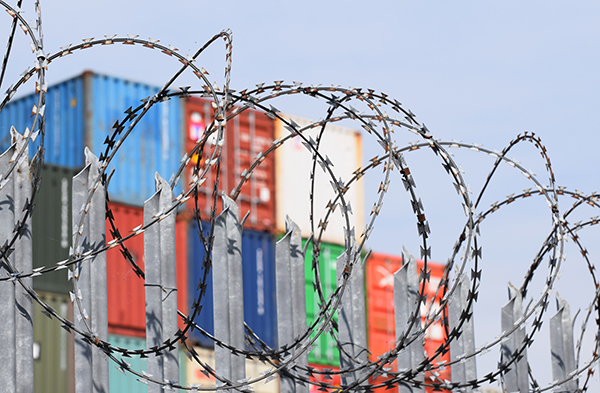It’s not a question of if, but when tariffs are coming. For manufacturers the best advice we have is to echo the Boy Scout motto: Be prepared.
By David Soyka, Senior Editor, Industry Today
The potential impact of Donald Trump’s proposed import tariffs on manufacturing depend on several factors, including the scope of the tariffs, the industries involved, and the ability of manufacturers to adapt. But it’s not a question of if, but when. According to the Tax Foundation, steep new taxes on trade are likely to include a 10% to 20% tariff on all imports, at least 60% on Chinese imports, and anywhere from 25% to 100% on Mexican imports. For manufacturers, the best advice we have is to echo the Boy Scout motto: Be prepared.
As noted by Chris Morris writing in Inc., “Manufacturing is likely to be heavily impacted by tariffs, and everything from automakers to consumer electronic companies rely heavily on global supply chains, which makes them more vulnerable. China is a big exporter of electronic components and aluminum, so companies that depend on those goods could see notable price hikes.” Which is why, as reported recently by CNBC, U.S. companies are actively lobbying to advocate measures to protect their businesses from Trump’s hardline tariff approach.
Some key ways Trump’s tariffs are most likely to affect manufacturing are:

Naturally, if manufacturers incur higher operational costs, some if not all of these costs are passed on to consumers. As Kevin Rhode, a Partner at The Bonadio Group, recently wrote in an Industry Today feature, How Donald Trump’s Presidency May Impact the M&D Industry, “While these protectionist policies could benefit certain manufacturers by reducing foreign competition, they could also raise costs for businesses that rely on imported materials or components, creating challenges in sectors with global supply chains. Distributors, especially those handling international goods, could face higher import costs, leading to potential price increases for consumers.”
A Brookings report argues that the 2018-2019 tariffs imposed by the first Trump administration resulted in higher consumer prices for imported goods that were higher by the full amount of the tariff. According to the National Retail Foundation, proposed tariffs will have a detrimental effect on consumer spending. “Consumers would pay $13.9 billion to $24 billion more for apparel; $8.8 billion to $14.2 billion more for toys; $8.5 billion to $13.1 billion more for furniture; $6.4 billion to $10.9 billion more for household appliances; $6.4 billion to $10.7 billion more for footwear, and $2.2 billion to $3.9 billion more for travel goods.”
All the news is not gloomy, however. Over time, manufacturers might seek to adapt to higher tariffs by investing in automation and more efficient processes to counteract rising costs. In some cases, tariffs could accelerate innovation as companies look for ways to reduce their dependency on imported materials. On the other hand, to get back to gloomy, tariff-induced inefficiencies could stifle innovation in some industries, especially if companies have to divert resources from research and development to deal with the higher costs of doing business.
Trump’s proposed tariffs could have both positive and negative effects on U.S. manufacturing. While some domestic industries might benefit from protection against foreign competition, the overall impact could be mixed. Higher costs for raw materials, potential supply chain disruptions, and retaliatory tariffs could offset the benefits of protecting domestic manufacturers, leading to a complex and potentially volatile economic environment for U.S. manufacturing industries.
Much remains to be seen. One thing we can say for certain, though, is that Industry Today is here to provide you with the latest news and strategies on how tariffs actually are going to affect manufacturers, as well as reporting on all other breaking stories and industry trends.
In this episode, I sat down with Beejan Giga, Director | Partner and Caleb Emerson, Senior Results Manager at Carpedia International. We discussed the insights behind their recent Industry Today article, “Thinking Three Moves Ahead” and together we explored how manufacturers can plan more strategically, align with their suppliers, and build the operational discipline needed to support intentional, sustainable growth. It was a conversation packed with practical perspectives on navigating a fast-changing industry landscape.